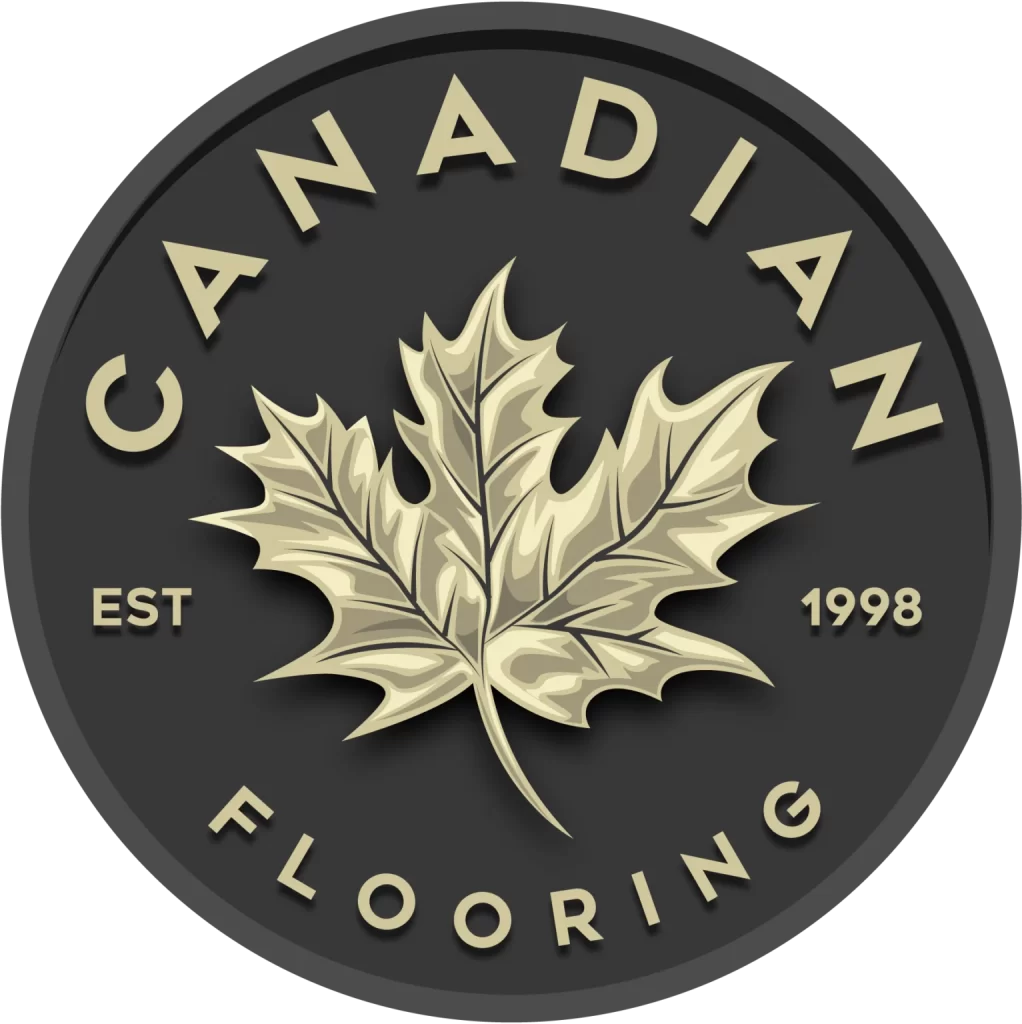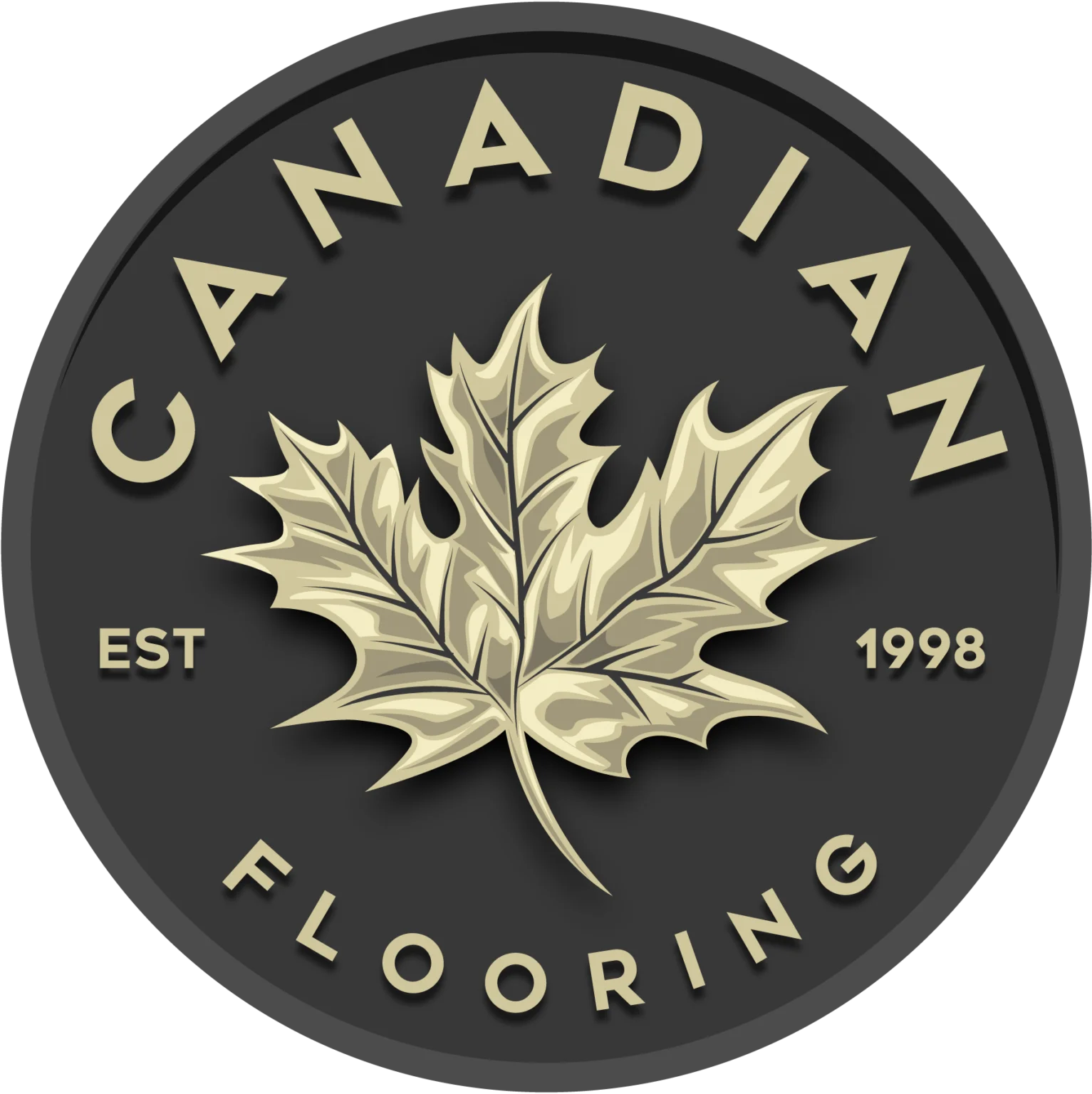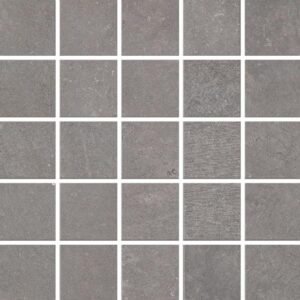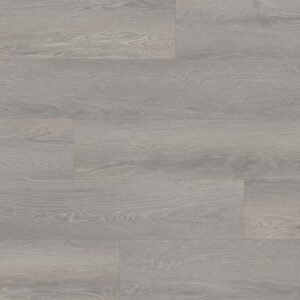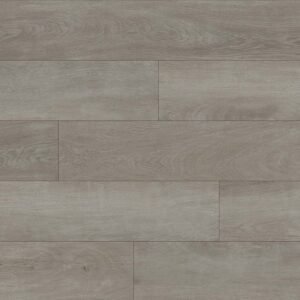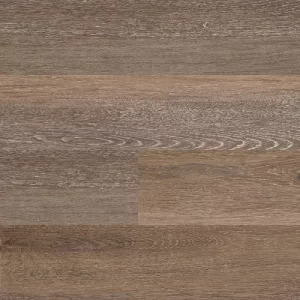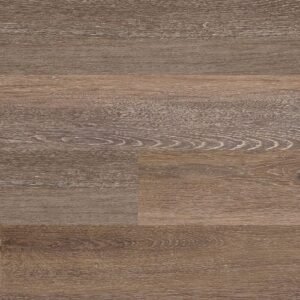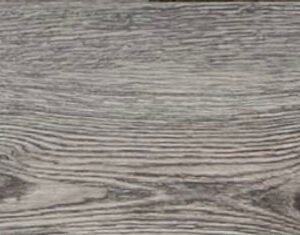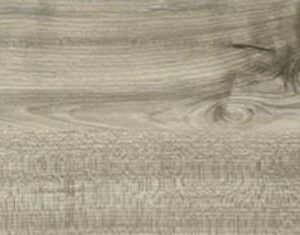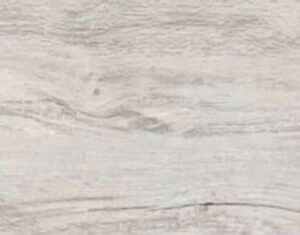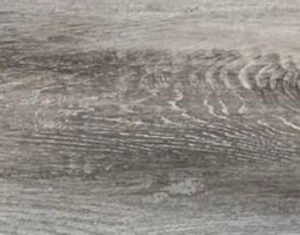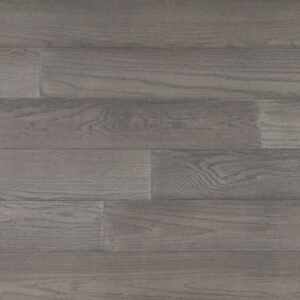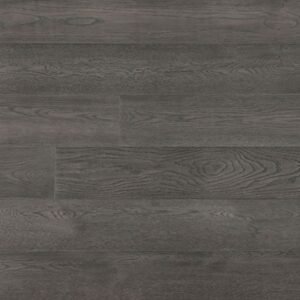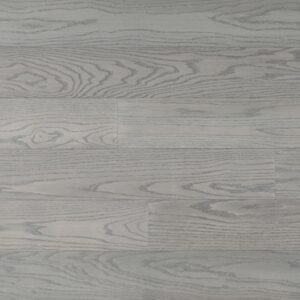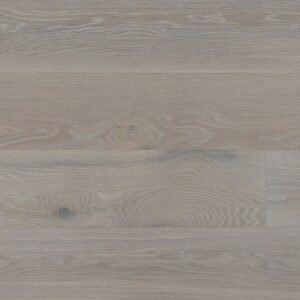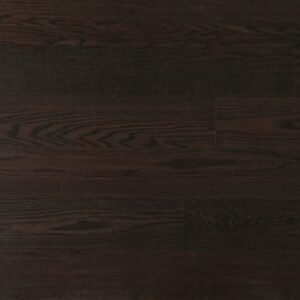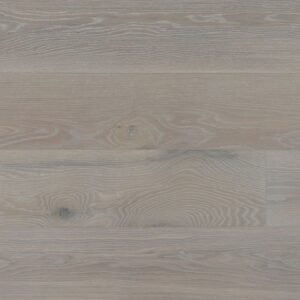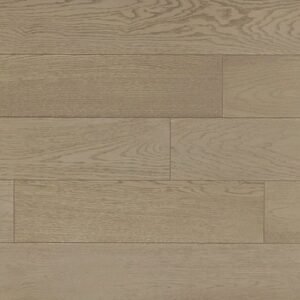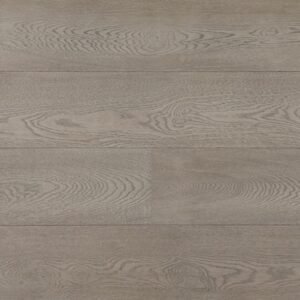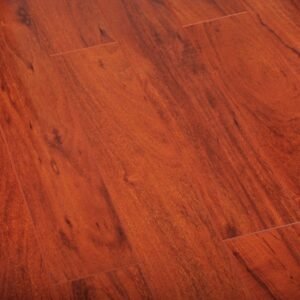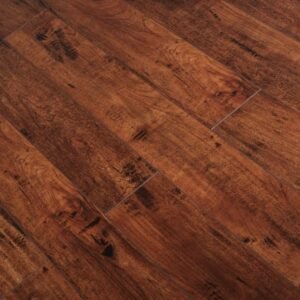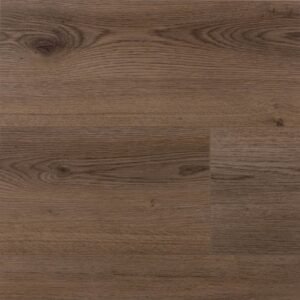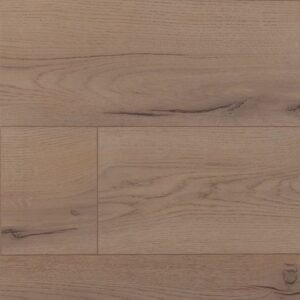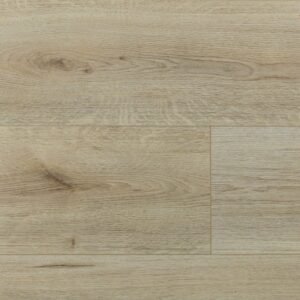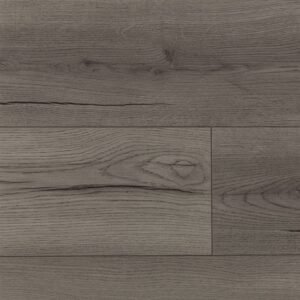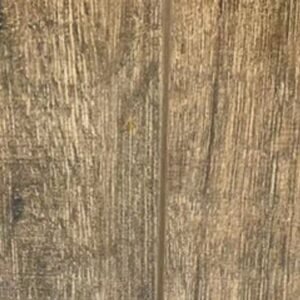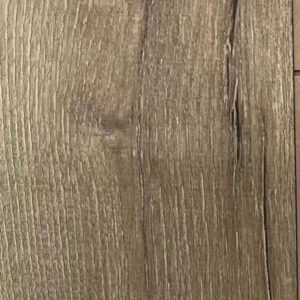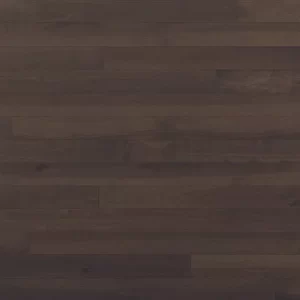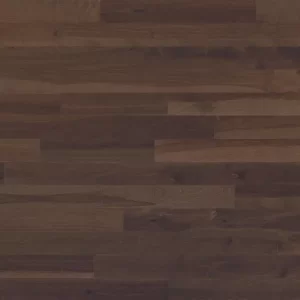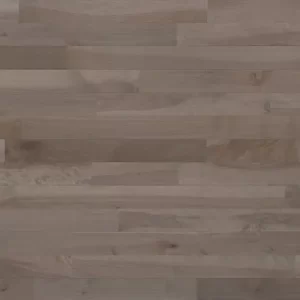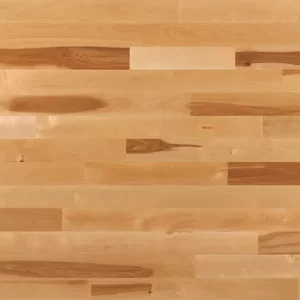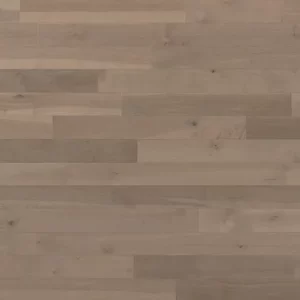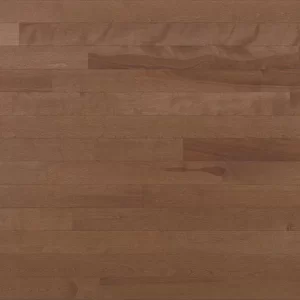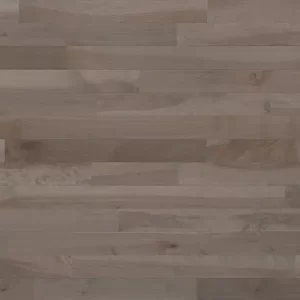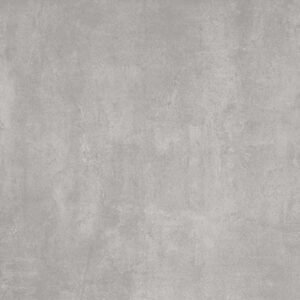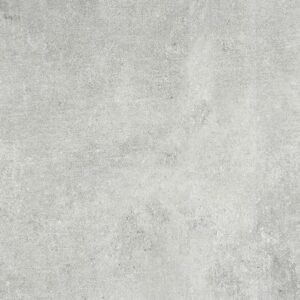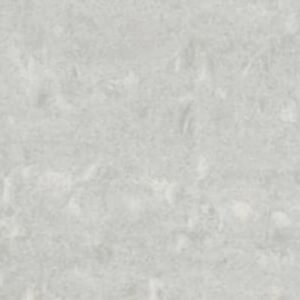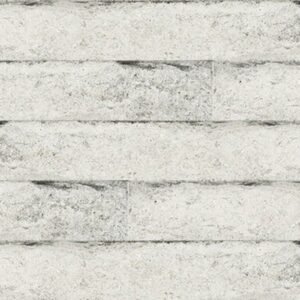Hardwood Flooring,
Vinyl & Floor Tiles
We are open 6 days a week. No Appointment required. Over 1,000 colors.
- Monday to Friday : 09:00am - 06:00pm
- Saturday : 10:00am - 04:00pm
- Sunday : Closed
- Monday to Friday : 09:00am - 06:00pm
- Saturday : 10:00am - 04:00pm
- Sunday : Closed
Monday to Friday
:
09:00 am - 6:00 pm
Saturday
:
10:00 am - 4:00 pm
Sunday
:
Closed
Premium Grade. Best Quality Floors.
Vinyl Flooring. Hurry! Sale Ends Soon.
-
Floor Tiles
Centura Floor Tiles More Grigio Natural 12″?x 12″ (10 sqft/box)
Rated 0 out of 5$39.60Original price was: $39.60.$35.50Current price is: $35.50. Add to cart
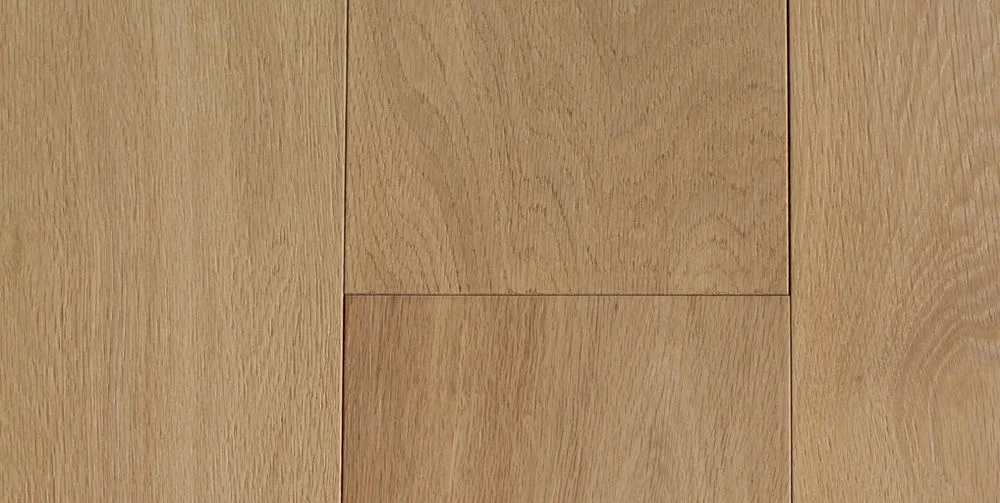
Brandon Matte
8-1/2″ – 3/4″
$12.77 $17.34

-
Vinyl Planks
Centura Vinyl Planks Dura Contract Vista Glacier Glue Down 6″ x 48″
$0.23 Add to cartRated 0 out of 5 -
Vinyl Planks
Centura Vinyl Planks Dura Contract Vista Forge Glue Down 6″ x 48″
$0.23 Add to cartRated 0 out of 5 -
Vinyl Planks
Technofix Vinyl Planks Actuelle Pebble Glue Down 6″ x 36″
$1.29 Add to cartRated 0 out of 5
ENGINEERED HARDWOOD FLOORING. HURRY! SALE ENDS SOON
-
Engineered Hardwood
Vidar Engineered Hardwood Smoke Grey Character 6-1/2″ – 3/4″
$4.85 Add to cartRated 0 out of 5 -
Engineered Hardwood
Vidar Engineered Hardwood English Manor Character 6-1/2″ – 3/4″
$4.85 Add to cartRated 0 out of 5 -
Engineered Hardwood
Vidar Engineered Hardwood Snow Flake Character 6″ – 3/4″
$4.85 Add to cartRated 0 out of 5 -
Engineered Hardwood
Vidar Engineered Hardwood Silver Stone Character 6″ – 3/4″
$4.85 Add to cartRated 0 out of 5 -
Engineered Hardwood
Vidar Engineered Hardwood Black Brown Character 6-1/2″ – 3/4″
$4.85 Add to cartRated 0 out of 5 -
Engineered Hardwood
Vidar Engineered Hardwood Silver Stone Character 6-1/2″ – 3/4″
$4.85 Add to cartRated 0 out of 5 -
Engineered Hardwood
Grandeur Flooring Engineered Hardwood Paradise Palm Springs 6″ – 3/4″
$4.99 Add to cartRated 0 out of 5 -
Engineered Hardwood
Vidar Engineered Hardwood Sandy Grey Character 5-2/3″ – 3/4″
$5.13 Add to cartRated 0 out of 5
Laminate Flooring . Hurry! Sale Ends Soon.
Premium Grade. Best Quality Floors.

Brandon Matte
8-1/2″ – 3/4″
$12.77 $17.34

-
Laminate Flooring
Toucan Laminate Flooring TF22 Series #2208 5″ x 47-27/32″
$1.43 Add to cartRated 0 out of 5 -
Laminate Flooring
Toucan Laminate Flooring TF31 Series #3103 5″ x 47-27/32″
$1.43 Add to cartRated 0 out of 5 -
Laminate Flooring
Planchers 1867 Laminate Flooring Authentic Advanced Millenium Oak Brown 7-5/8″ x 54″
$1.93 Add to cartRated 0 out of 5 -
Laminate Flooring
Planchers 1867 Laminate Flooring Authentic Advanced Century Oak Beige 7-5/8″ x 54″
$1.93 Add to cartRated 0 out of 5 -
Laminate Flooring
Planchers 1867 Laminate Flooring Authentic Advanced Trend Oak Grey 7-5/8″ x 54″
$1.93 Add to cartRated 0 out of 5 -
Laminate Flooring
Planchers 1867 Laminate Flooring Authentic Advanced Century Oak Grey 7-5/8″ x 54″
$1.93 Add to cartRated 0 out of 5 -
Laminate Flooring
Toucan Laminate Flooring TF60 Series #6006 7-5/8″ x 47-27/32″
$2.00 Add to cartRated 0 out of 5 -
Laminate Flooring
Toucan Laminate Flooring TF41 Series #4302 7-5/8″ x 47-27/32″
$2.00 Add to cartRated 0 out of 5

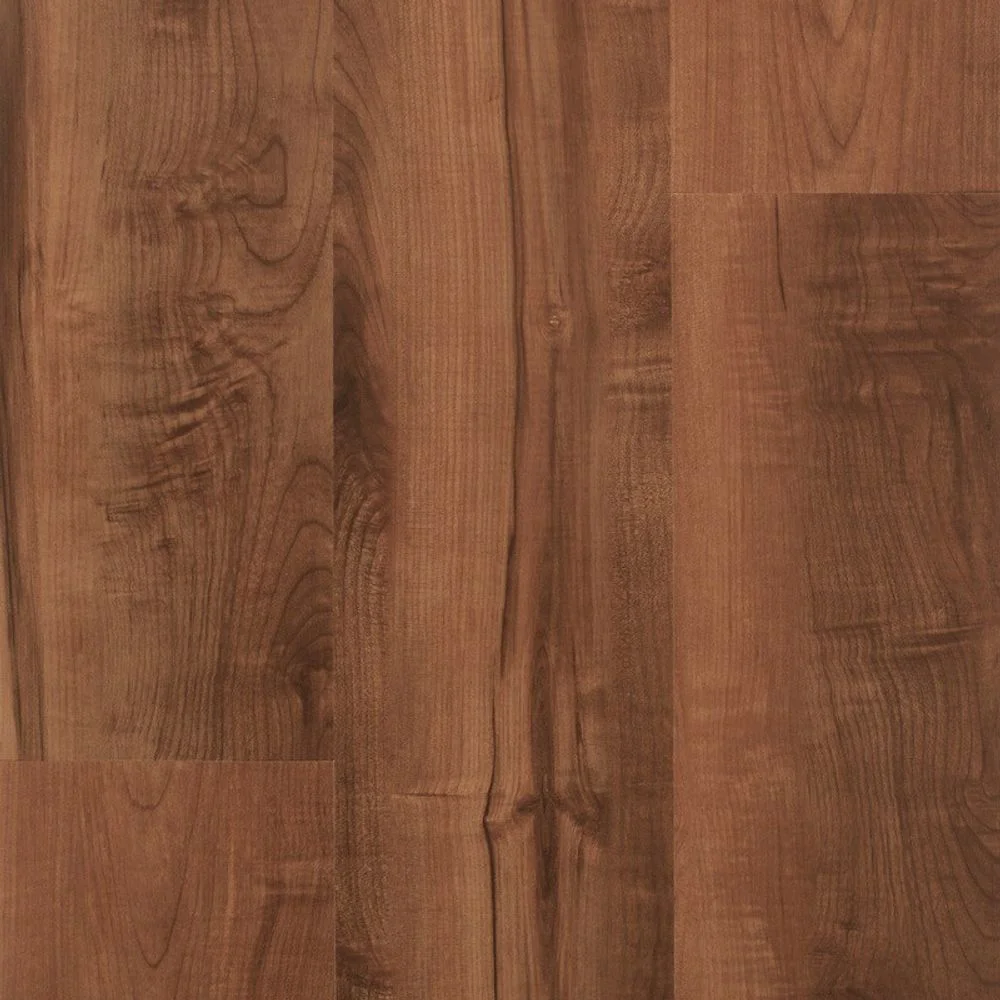
Charlotte Matte
7-1/2″ – 3/4″
$11.34 $14.74


Brown Glue Down
6″ x 48″
$4.24 $5.51


Reddish Brown Glue Down
6″ x 48″
$4.67 $6.07
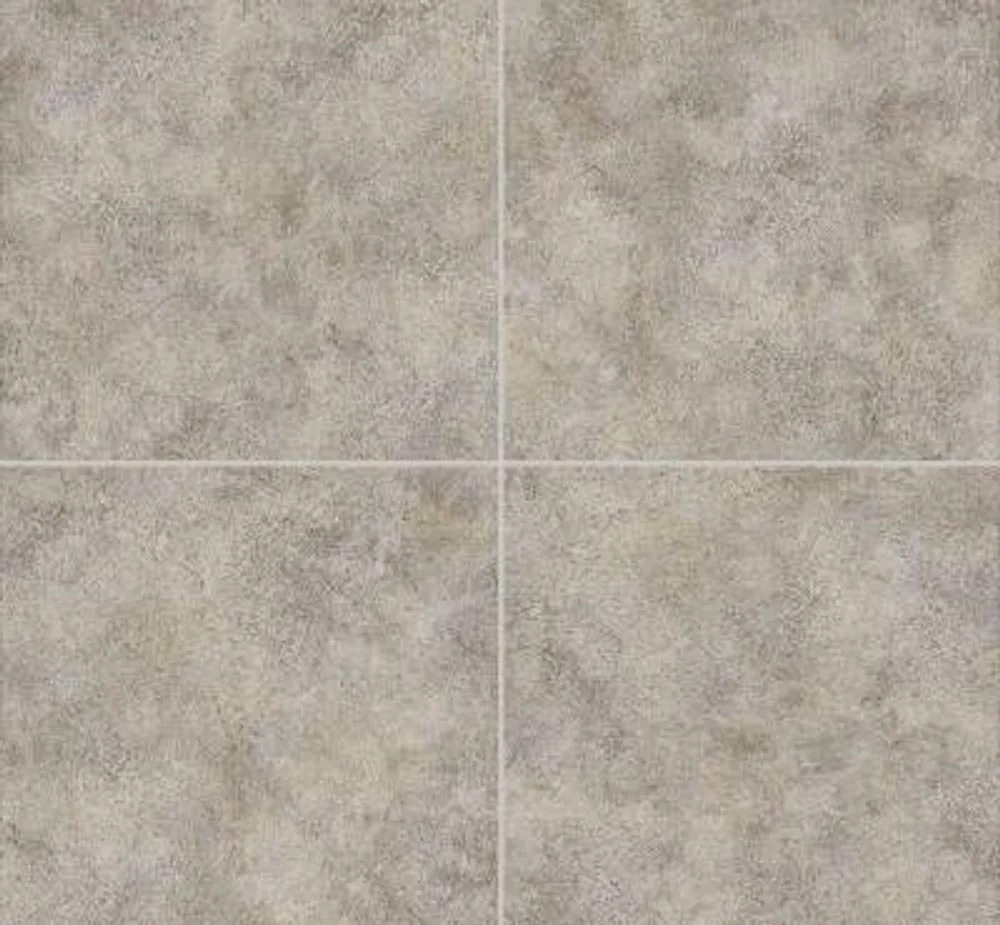

Earthy Sandstone
#01 – 18″ x 18″
$6.58 $8.55
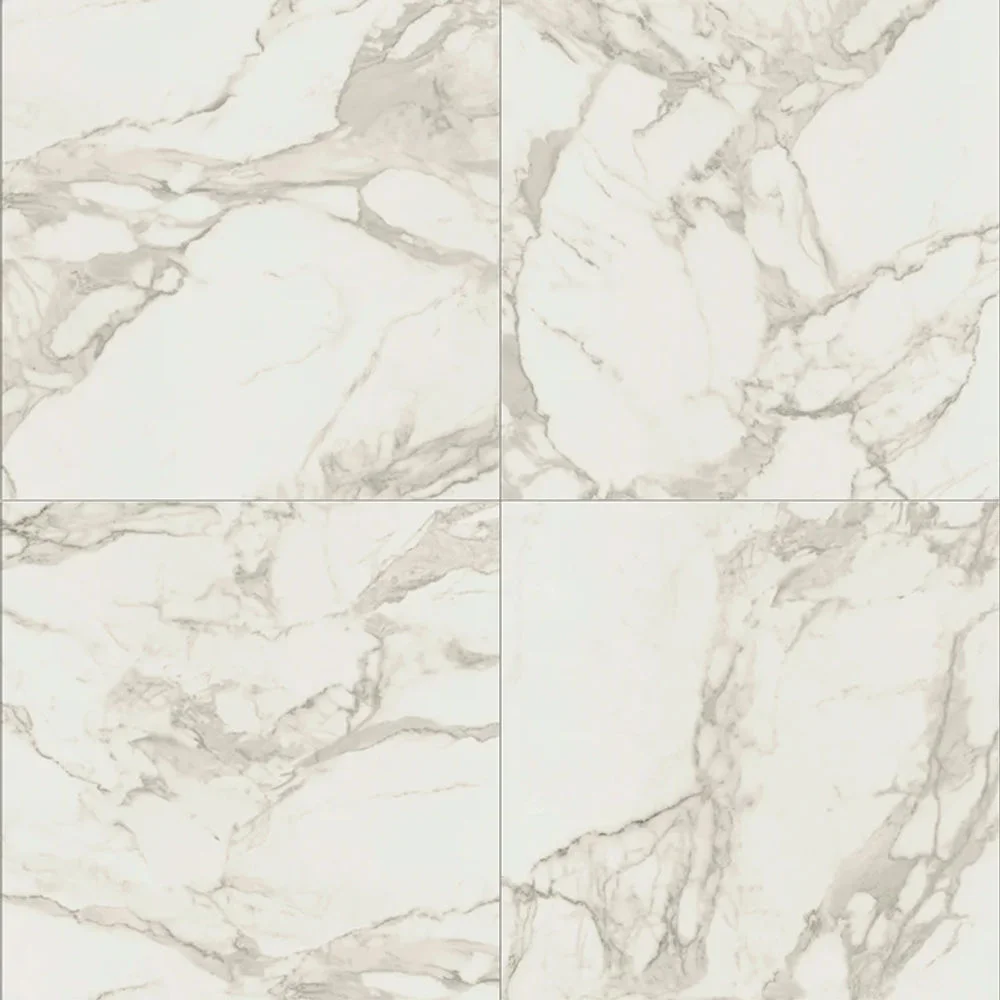

Marble Jewel Beige
18″ x 18″
$6.79 $8.82
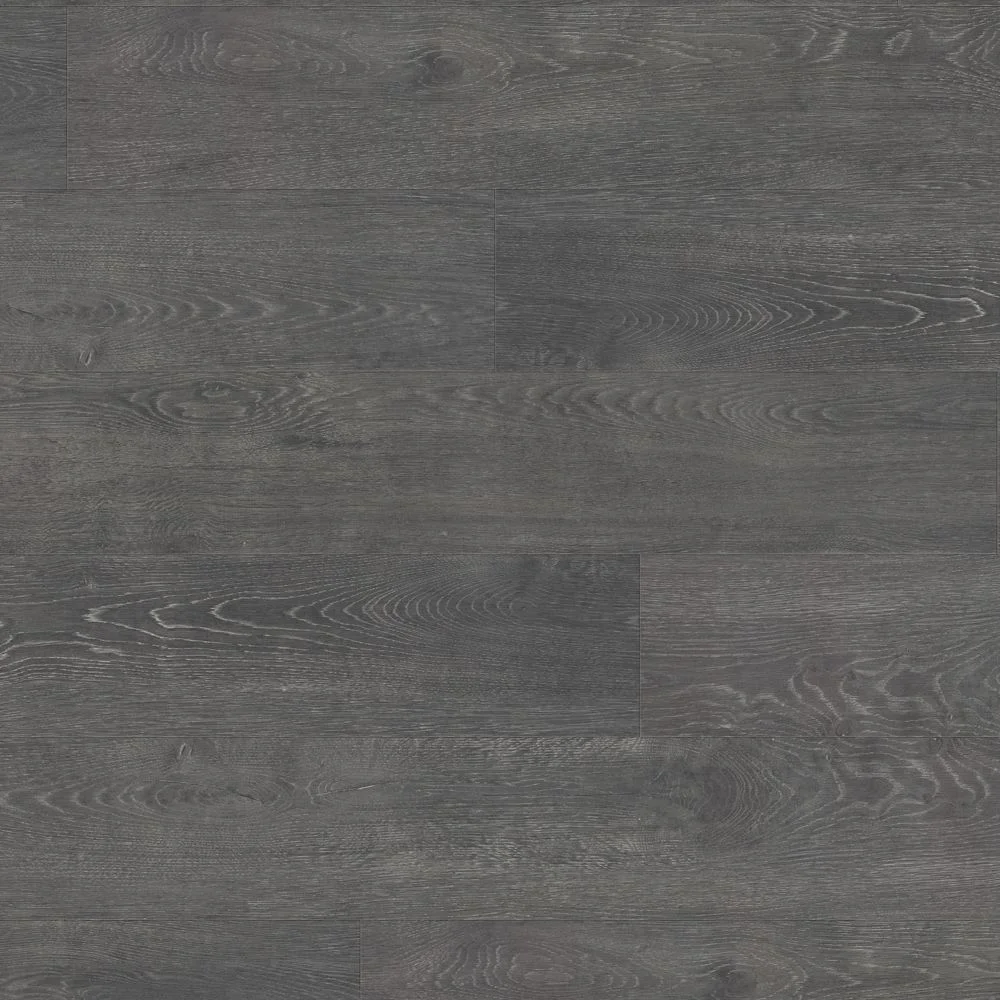

Caesium
7-19/32″ x 54-11/32″
$2.99 $3.88
Free Online Consultation for Premium Hardwood Floors
-
Hardwood
Lauzon Expert Hardwood Essential Smoky Grey Yellow Birch Tradition Matte 2-1/4″ – 3/4″
$7.21 Add to cartRated 0 out of 5 -
Hardwood
Lauzon Expert Hardwood Essential Castano Yellow Birch Tradition Matte 2-1/4″ – 3/4″
$7.21 Add to cartRated 0 out of 5 -
Hardwood
Lauzon Expert Hardwood Essential Terroso Yellow Birch Tradition Matte 3-1/4″ – 3/4″
$7.21 Add to cartRated 0 out of 5 -
Hardwood
Lauzon Expert Hardwood Essential Caliza Yellow Birch Tradition Matte 3-1/4″ – 3/4″
$7.21 Add to cartRated 0 out of 5 -
Hardwood
Lauzon Expert Hardwood Essential Natural Yellow Birch Tradition Matte 3-1/4″ – 3/4″
$7.21 Add to cartRated 0 out of 5 -
Hardwood
Lauzon Expert Hardwood Essential Talpa Yellow Birch Tradition Matte 3-1/4″ – 3/4″
$7.21 Add to cartRated 0 out of 5 -
Hardwood
Lauzon Expert Hardwood Essential Café Au Lait Yellow Birch Tradition Matte 3-1/4″ – 3/4″
$7.21 Add to cartRated 0 out of 5 -
Hardwood
Lauzon Expert Hardwood Essential Caliza Yellow Birch Tradition Matte 2-1/4″ – 3/4″
$7.21 Add to cartRated 0 out of 5


Marble Jewel Beige
18″ x 18″
$6.79 $10.14


Caesium
7-19/32″ x 54-11/32″
$2.99 $5.34


Earthy Sandstone
#01 – 18″ x 18″
$6.58 $10.14
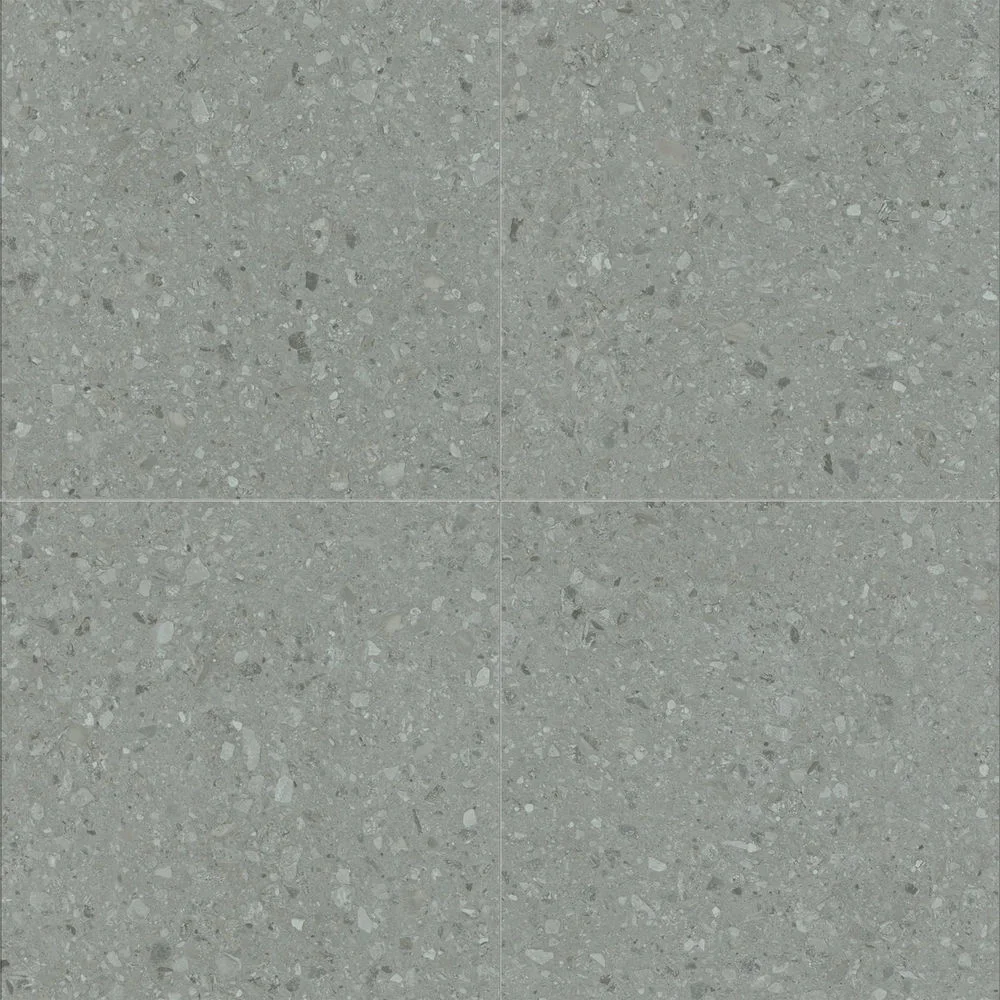

Light Grey
18″ x 18″
$6.50 $08.14
Free Online Consultation for Premium Floor Tiles
-
Floor Tiles
Centura Floor Tiles Nu-stone Light Grey Polished 12″ x 24″
$1.92 Add to cartRated 0 out of 5 -
Floor Tiles
Centura Floor Tiles Wet Cement Light Grey Matte 24″ x 24″
$2.31 Add to cartRated 0 out of 5 -
Floor Tiles
Centura Floor Tiles Nu-stone Light Grey Matte 12″ x 24″
$2.59 Add to cartRated 0 out of 5
Our Accreditations






